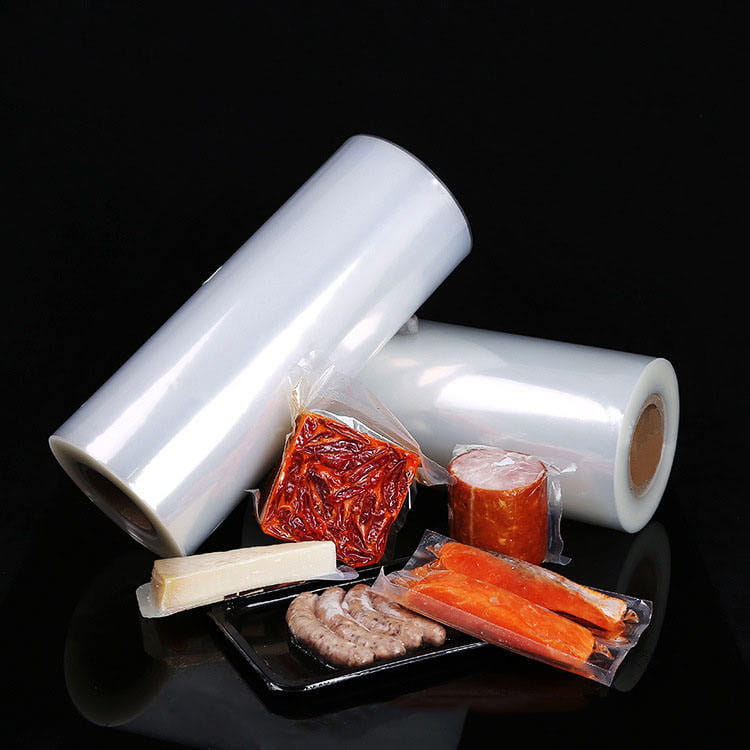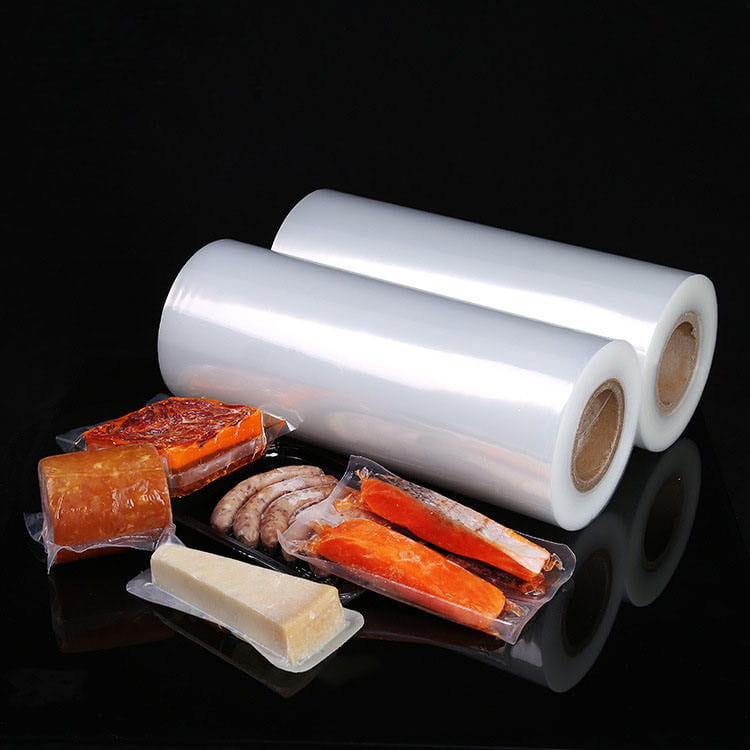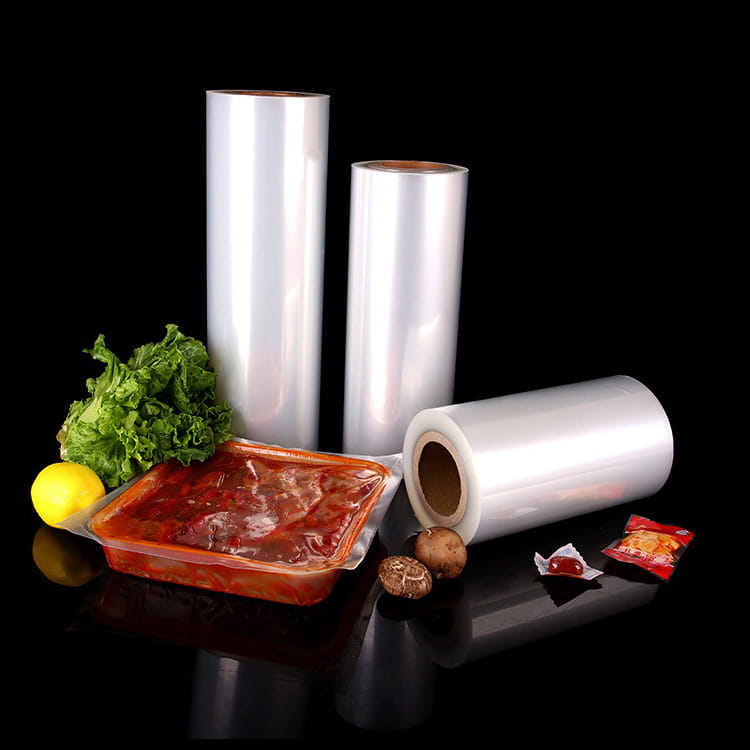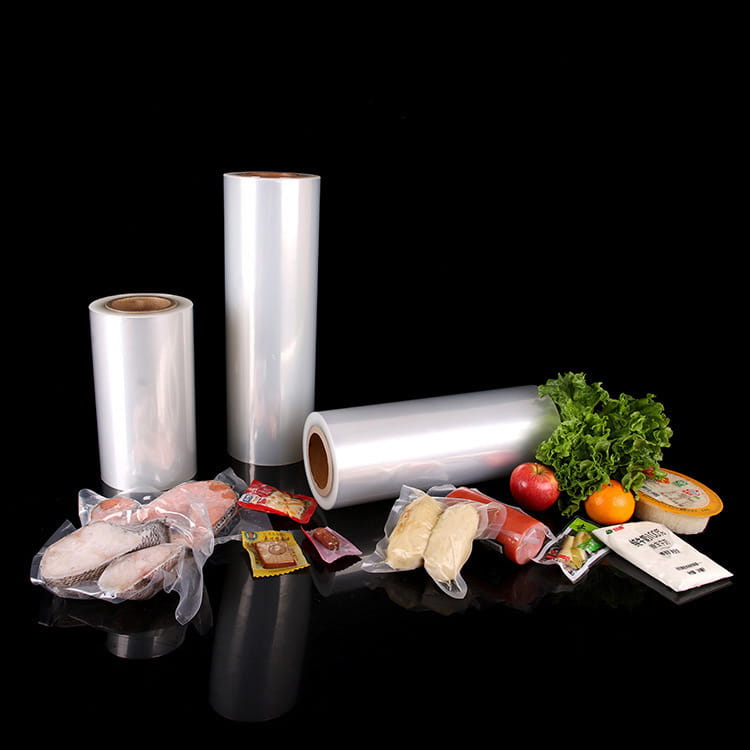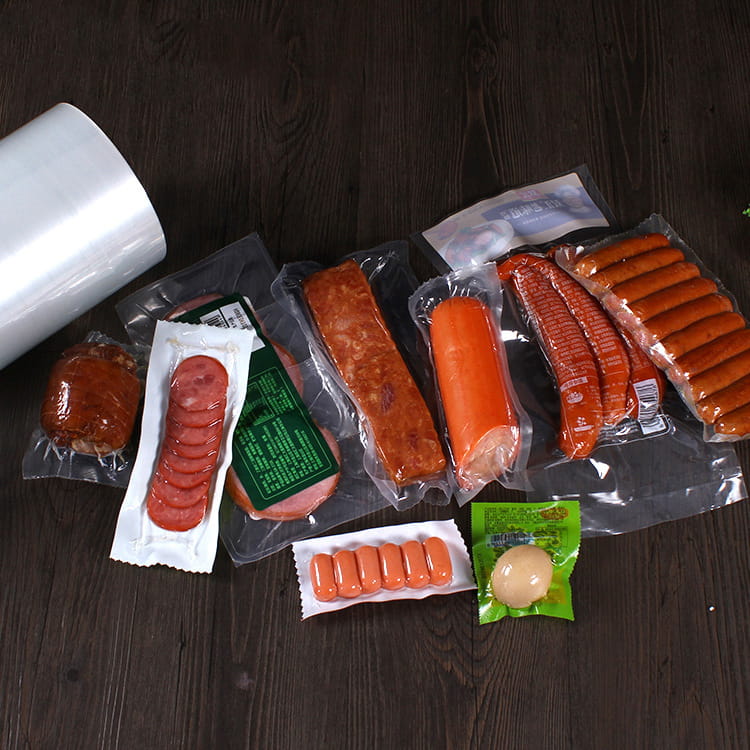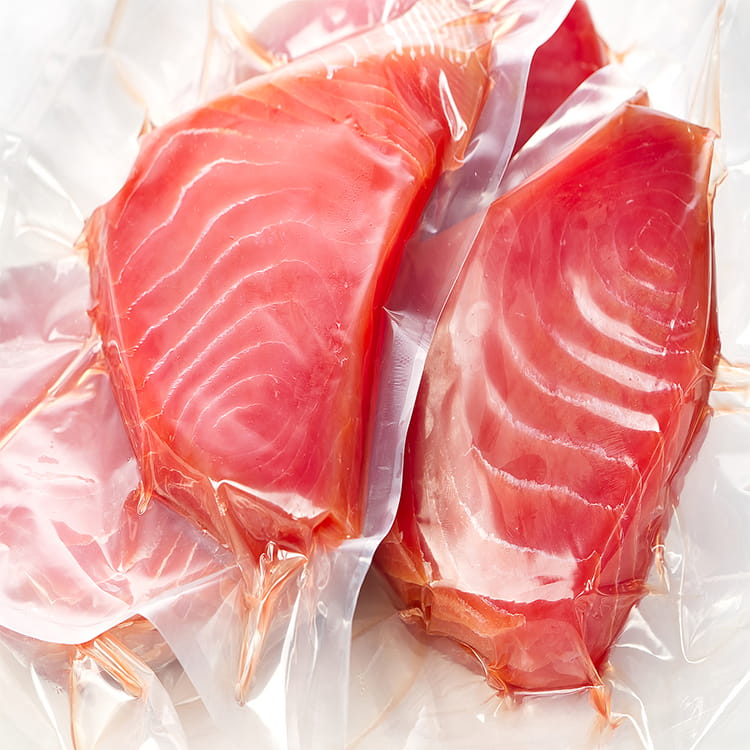In the food supply chain, packaging is not only the "outer coat" of the product, but also the "first line of defense" for food safety. Traditional packaging often focuses on sealing, but ignores potential risks such as microbial attachment and cross-contamination. The three-dimensional space formed by the three-sided sealing of the three-sided sealed vacuum bag breaks through the limitation of single airtightness and upgrades the packaging function from "passive protection" to "active defense". Its flat rectangular structure, smooth surface, and stacked isolation design jointly build a multi-level food safety protection system.
The mechanical basis of three-dimensional space: How does three-sided sealing achieve airtightness?
The core of the three-sided sealed vacuum bag lies in its three-sided hot pressing sealing process. Compared with single-sided or double-sided sealing, the three-sided sealing forms three sealing lines through continuous hot pressing to construct a completely closed three-dimensional space. This design increases the sealing strength of the edge of the package by more than 30%, and the sealing line remains intact even under external force extrusion or transportation bumps.
Technical principle: The hot pressing process rearranges the film molecular chains at high temperature to form a dense crystalline structure. This molecular-level sealing layer not only blocks oxygen permeability to less than 0.5cc/m²·24h (the industry standard is 2cc/m²·24h), but also effectively resists water vapor penetration, ensuring that the humidity in the package is stable in the ideal range of 40%-60%.
Case verification: Experiments show that vacuum bags using three-side sealing technology can control the moisture rate within 2% when storing moisture-sensitive dry goods (such as wolfberries and red dates), while the moisture rate of ordinary packaging often exceeds 10%.
The three-dimensional space formed by three-sided sealing makes the edge of the package seamless and wrinkle-free, completely eliminating the common problems of air leakage and bag bulging in traditional packaging. Its sealing integrity is not only reflected in static storage, but also shows excellent performance in dynamic transportation.
Dynamic test: In the simulated transportation vibration test, the sealing failure rate of the three-side sealed vacuum bag was less than 0.1%, while the failure rate of ordinary packaging was as high as 5%. This high sealing ensures the stable quality of food during long-distance transportation.
The microbiological significance of three-dimensional space: How to reduce microbial attachment?
The bag body of the three-side sealed vacuum bag presents a flat rectangular structure after sealing, and the surface is smooth and wrinkle-free. This design reduces the risk of microbial attachment from a microbiological perspective.
Microbial attachment mechanism: Microorganisms usually attach to the packaging surface through electrostatic adsorption, mechanical attachment, etc. The smooth surface reduces the contact points of microorganisms, making it difficult for them to form a stable biofilm.
Experimental comparison: Under the same storage conditions, the amount of microbial attachment on the surface of the three-side sealed vacuum bag is only 1/10 of that of ordinary packaging. This advantage is particularly obvious in a humid environment, which can effectively prevent the growth of microorganisms such as mold and yeast.
The three-dimensional space design of the three-side sealed vacuum bag allows the packaging to form a natural isolation when stacked in the warehouse. Its flat rectangular structure keeps a certain gap between bags, avoiding contact contamination caused by stacking and squeezing of traditional packaging.
Isolation principle: The three-dimensional space reduces the contact area of the packaging surface and reduces the risk of microbial migration. The smooth surface further hinders the lateral spread of microorganisms.
Case analysis: In food warehouses, the stacking method of three-side sealed vacuum bags can reduce the cross-contamination rate by 80%. This advantage is particularly important in high-risk categories such as fresh food and ready-to-eat food.
Storage advantages of three-dimensional space: How to improve logistics efficiency?
The flat rectangular structure of the three-side sealed vacuum bag enables it to have higher space utilization in storage. Its uniform force distribution ensures stacking stability and avoids the risk of collapse caused by irregular shapes of traditional packaging.
Space optimization: Experiments show that the storage space utilization rate of three-side sealed vacuum bags is 20% higher than that of traditional packaging. This advantage is particularly evident in cold chain logistics, which can reduce the operating costs of cold storage.
Stacking test: In the simulated storage test, the three-side sealed vacuum bag can withstand 10 layers of stacking without deformation, while ordinary packaging collapses when stacked in 6 layers.
The standardized design of the three-side sealed vacuum bag makes it more suitable for automated sorting and handling systems. Its smooth surface reduces the friction during mechanical grasping and reduces the package breakage rate.
Automation advantages: In smart warehousing, the sorting efficiency of the three-side sealed vacuum bag is 30% higher than that of traditional packaging. This advantage is particularly important in e-commerce logistics, which can improve the speed of order processing.
Material innovation in three-dimensional space: How to adapt to diversified needs?
The three-dimensional space design of three-side sealed vacuum bags puts higher requirements on material performance. The application of high barrier materials (such as PA/PE composite film) enables it to have excellent mechanical strength and weather resistance while maintaining air tightness.
Material properties: PA/PE composite film can withstand extreme environments of -40℃ quick freezing and 121℃ high temperature sterilization, and the sealing line remains intact. This material combination provides a wider application scenario for the food industry.
Three-side sealed vacuum bags can be customized for different food characteristics. For example, for brittle foods (such as potato chips), low-pressure heat sealing is used to avoid product breakage; for liquid foods (such as sauces), the width of the sealing line is increased to prevent leakage.
Flexible production: Modern production lines can achieve precise control of packaging performance by adjusting parameters such as hot pressing temperature, pressure, and time. This flexibility makes it widely used in all categories of food packaging such as meat products, dairy products, grains, and pet food.
Future trends in three-dimensional space: from passive preservation to active protection
With the development of Internet of Things technology, three-side sealed vacuum bags are upgrading from single sealing to intelligent protection. By embedding sensors in the packaging, parameters such as temperature, humidity, and gas composition can be monitored in real time to provide data support for food preservation.
Intelligent application: In cold chain logistics, intelligent packaging can warn of temperature anomalies to avoid food spoilage. This combination of "intelligent packaging + three-side sealing process" will redefine the safety standards of the food supply chain.
With the popularization of the concept of sustainable development, the material research and development of three-side sealed vacuum bags is moving towards environmental protection. The application of degradable materials (such as PLA and PBAT) enables it to achieve carbon neutrality while maintaining performance.
Environmental advantages: Degradable materials can be completely decomposed in the natural environment to reduce plastic pollution. This material innovation provides a green solution for the food packaging industry.


 English
English عربى
عربى



